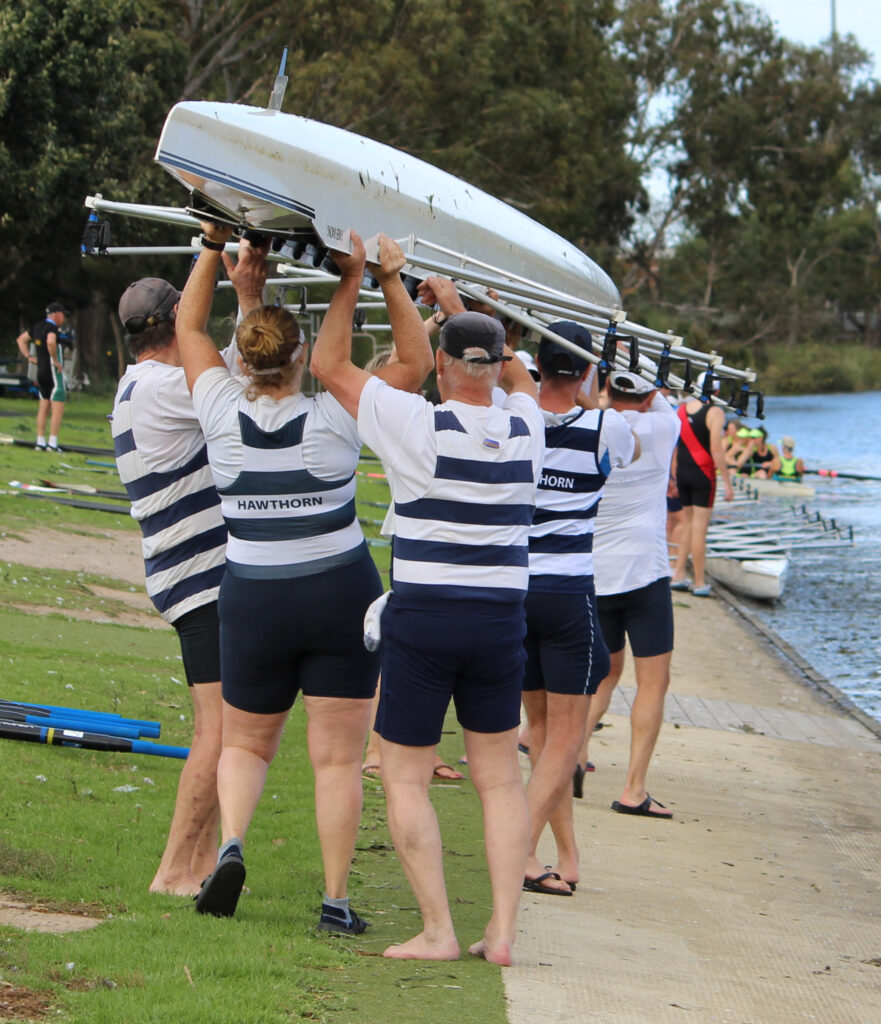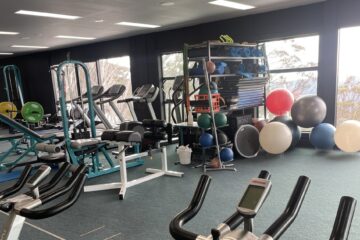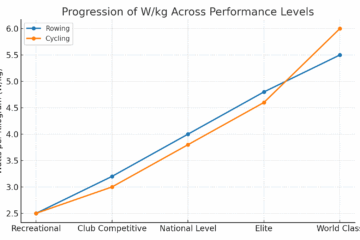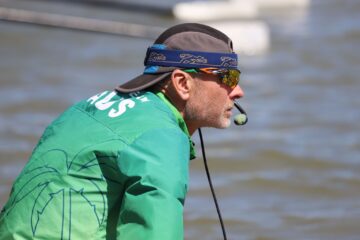As this post is based lightly on rules and regulations I feel it important to highlight a location as rules differ from place to place as well as the definitions, as I am Melbourne based I will use Melbourne as the relevant location for tis post.
Victoria boasts a rich tapestry of waterways, from the serene Yarra River, winding through Melbourne to the pristine lakes of Wendouree (occasionally. lol), Nagambie and Gippsland, amazing rivers like the Goulburn, and the Barwon, to name a few. These waters are not just picturesque; they are also a playground for water enthusiasts, including rowers and their trusty guides, coxswains. In this blog, we’ll delve into the essential rules of the river as seen through the eyes of a coxswain in Victoria, Australia.
Coxswains: The Voice of the Boat
Coxswains are the unsung heroes of rowing crews. They sit in the stern of the boat for an 8, and more often in the bow for other craft, steering and providing invaluable instructions to the rowers. In Victoria, they play a crucial role in ensuring the safety of the crew and other water users while navigating the waters efficiently.
- Licensing and Training
Before taking on the role of a coxswain in Victoria, individuals must obtain a Coxswain’s Certificate, which is issued by Transport Safety Victoria. This certificate demonstrates their knowledge of the rules of the river, navigation, and safety procedures. Training programs are offered by various rowing clubs and institutions throughout the state. This course is simply done online via the Rowing Victoria website, and following small fee you are good to go.
- Right of Way

Just like on the road, there are rules for who has the right of way on the water. In general, powered vessels must give way to non-powered vessels such as rowing boats. However, it’s essential for coxswains to be aware of other craft and always exercise caution. Large commercial vessels, like ferries, also have specific rights of way. Always remember to use common sense at all times though, whilst the rules may stand sometimes others will not abide and you must take safety for your crew as the number one focus.
- Speed Limits
Different waterways in Victoria may have varying speed limits, and it’s crucial for coxswains to be aware of these regulations. Excessive speed can lead to dangerous situations, especially in crowded areas. Coxswains should always prioritize the safety of their crew and other water users by adhering to speed limits.
- Keep to the Right
In Victoria, vessels must keep to the right side of a waterway when moving in both directions. This rule helps prevent collisions and ensures a smooth flow of traffic, much like driving on the road. Coxswains should be vigilant in maintaining this practice. Its worth noting this does not mean you can only row on the right hand side of the river, it means that when passing on oncoming vessel you must pass to the right.
- Navigation Lights
When rowing in low light conditions or at night, coxswains must ensure their boat displays the appropriate navigation lights. These lights make the boat visible to other water users and help prevent accidents. There needs to be 2 lights, one on the bow (constant light) and a flashing light on the stern. See this link for more information for rowing in poor light conditions.
- No Wake Zones
Many waterways in Victoria have designated “no wake zones” to protect the environment and minimize disturbance to other boats and the shoreline. Coxswains must be aware of these areas and operate at reduced speeds to avoid creating excessive wakes. This is more of an issue for speed boats of course, however you still need to be aware of these rules and possibly remind your coach.
- Obeying Bridge Signals
Victoria’s waterways feature numerous bridges, some of which open to allow taller vessels to pass through. Coxswains must obey any signals or instructions provided by bridge operators and be prepared to stop or alter their course accordingly.
- Environmental Stewardship
Coxswains should also be environmentally conscious and avoid disturbing wildlife, vegetation, and sensitive habitats. It’s vital to leave no trace and minimize the impact of rowing activities on the local ecosystem.
In conclusion
Coxswains play a pivotal role in ensuring safe and responsible navigation of Victoria’s waterways. Their knowledge of the rules of the river, combined with their leadership skills, guides rowing crews to success while promoting safety and environmental awareness. By adhering to these rules and fostering a culture of respect for the water, coxswains help preserve the natural beauty and recreational opportunities that Victoria’s lakes and rivers offer. Whether you’re a seasoned rower or a novice, remember that a coxswain’s voice is not just a source of motivation but also a guardian of safety on the water.



0 Comments